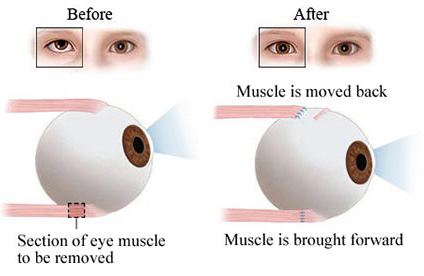Call us: 811-438-8593 |
Email us: kvehbbsr@gmail.com |
Opening Hours: MON-SAT: 9 AM - 8 PM and SUN: 9 AM - 1 PM |


The Paedriatic department has an expert team doctors that are specialized to handle Paedriatic ophthalmology.
The most commonly treated conditions include crossed eyes (strabismus) or lazy eye (amblyopia), glaucoma, and inherited eye disease. We also treat problems that result from injury to the eye and eye conditions that may occur as a result of medical problems. Routine eye care for children is also available.
Out of the many different types of strabismus, most commonly observed are Exotropia, Esotropia, Hypotropia and Hypertropia.


Strabismus (Squint) is a vision disorder wherein there is problem with the alignment of the eyes and they point in different directions. It is a condition in which both eyes won’t align simultaneously under normal conditions. One or both of the eyes may turn in, out, up or down. One eye may seem to be looking in a straight direction, while the other eye turns inward, outward, upward, or downward. This could be consistently seen, or it may come and go and the eye that is straight may switch or alternate with the eye that is misaligned.
Squint in children does not go away without treatment and it is treatable in adults. Around 5 percent of all children show some type or degree of strabismus and they may initially have double vision due to the misalignment of the two eyes in relation to one another. In order to avoid double vision, the brain will eventually disregard or suppress the image of one eye.
When glaucoma is refractory to medical therapy, laser therapy and surgical treatment are the options